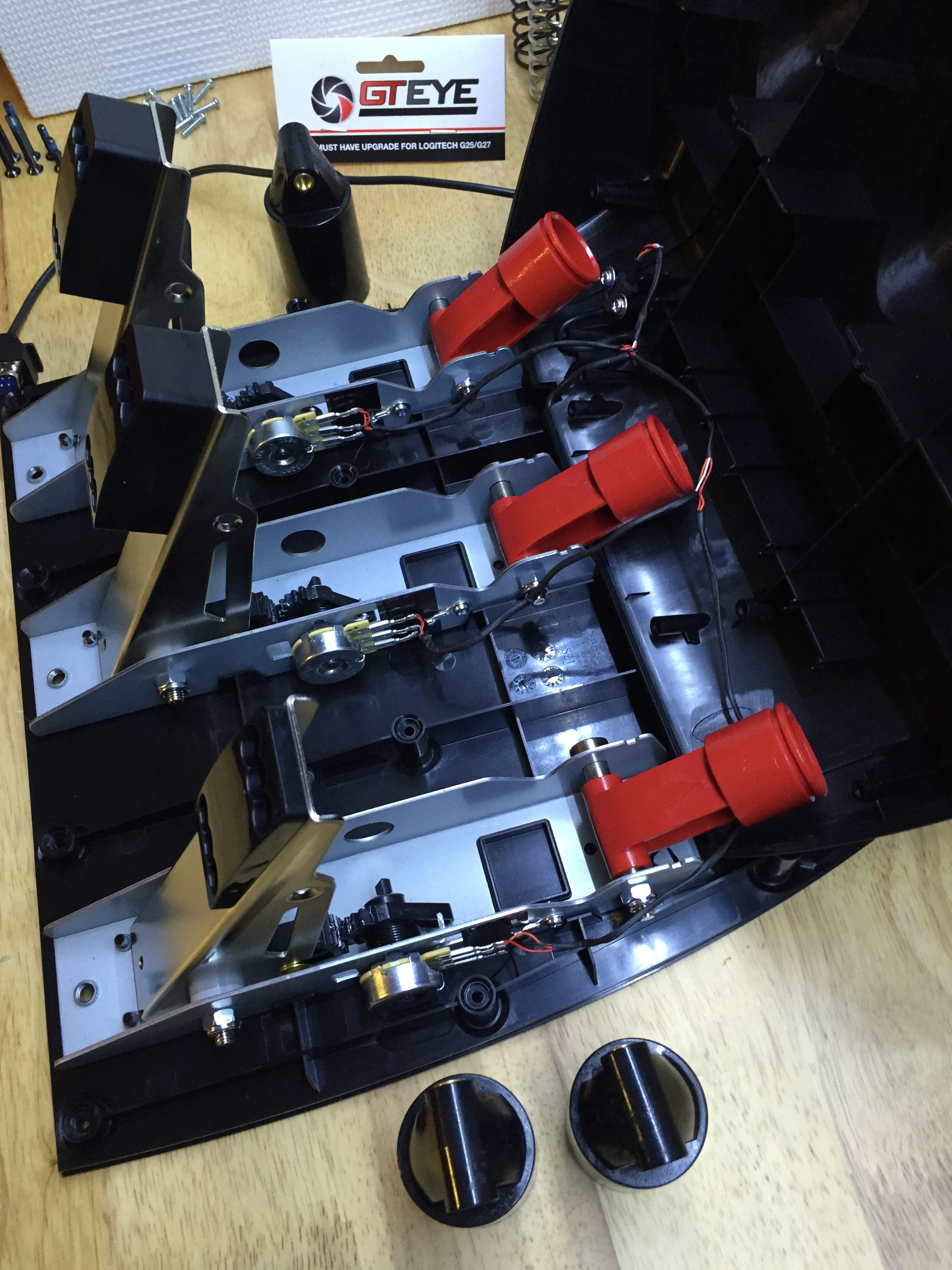I just tried adding a 3.3 kohm resistor onto the end of the pot, and
it works perfectly. Normal (tiny) deadzone at the top, and fully pressed is 100% (using AC's in-game meter) with a very tiny deadzone. I'd perhaps recommend 3.2 kohm instead, which would make the deadzone slightly larger, just to make sure that 100% throttle is reachable. That's annoying, because it's not a standard value, but ok, it's a two-resistor mod at most

Still haven't found any of those spade terminals though. The tag on the pot is 2.8mm wide, but only 0.8mm thick. Standard ones that are 2.8mm are thicker.
Damnit, I just had my pedals apart and could've checked! But I suspect you can't because I think it uses all of the teeth.
Besides, same problem as....
Honestly, I am certain that it wouldn't. To fix the fully-pressed end, the pot would need to be clocked round by 25% of it's travel. But there's only 5% spare at the beginning, so you'd just end up with 20% or more deadzone at the top.



 TBH, the physical side of it will take me longer than the design - getting some some of those tiny spade connectors to plug it in, soldering, wrapping, etc!
TBH, the physical side of it will take me longer than the design - getting some some of those tiny spade connectors to plug it in, soldering, wrapping, etc!